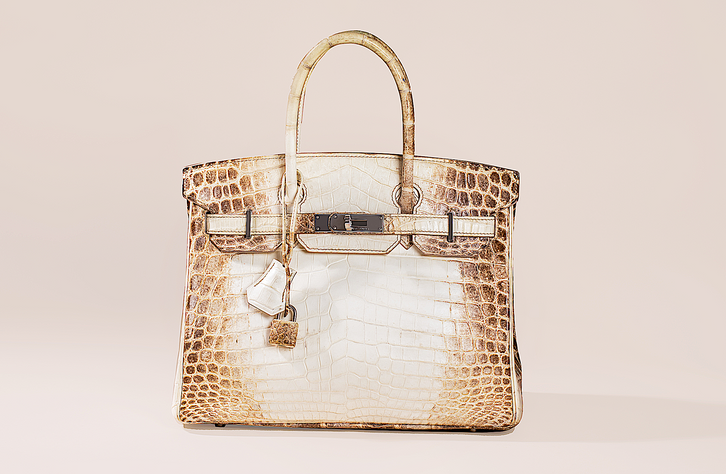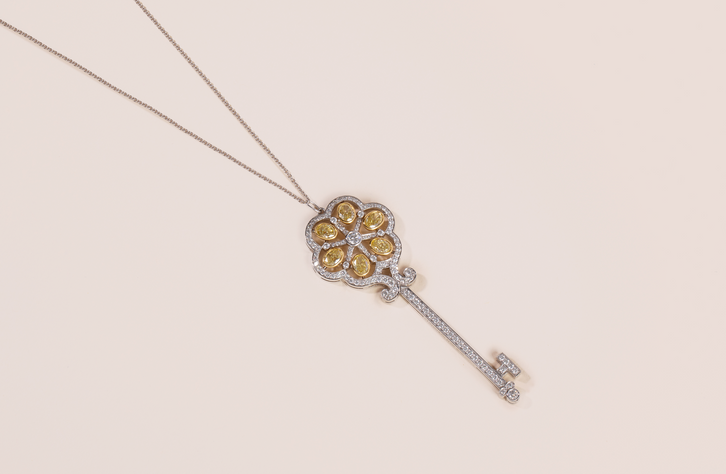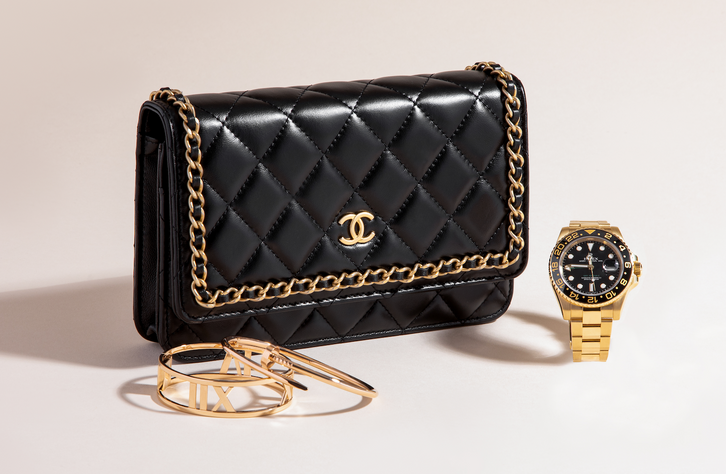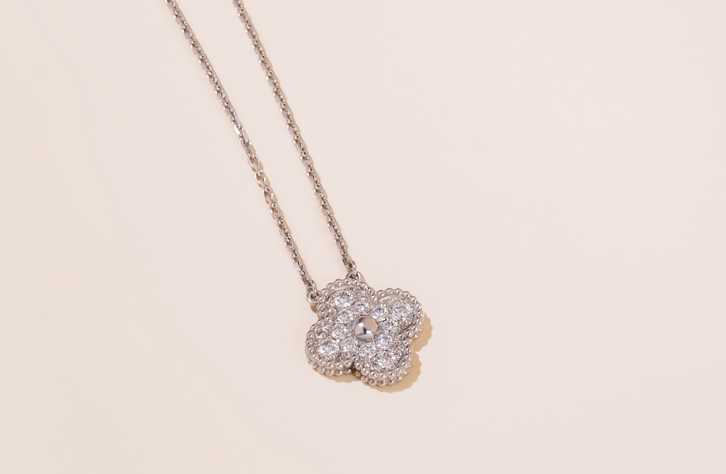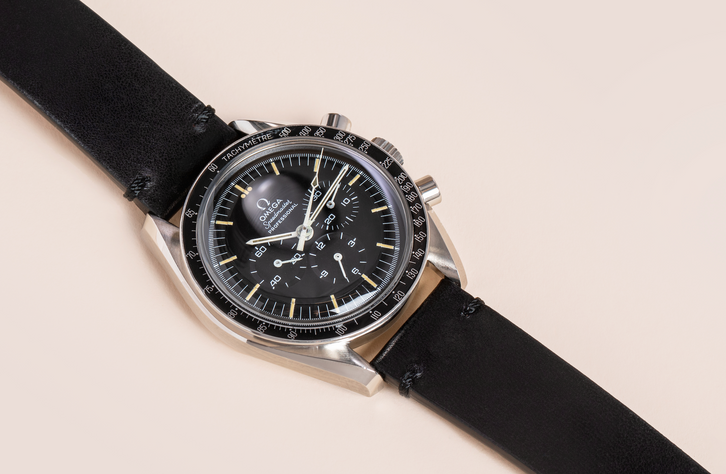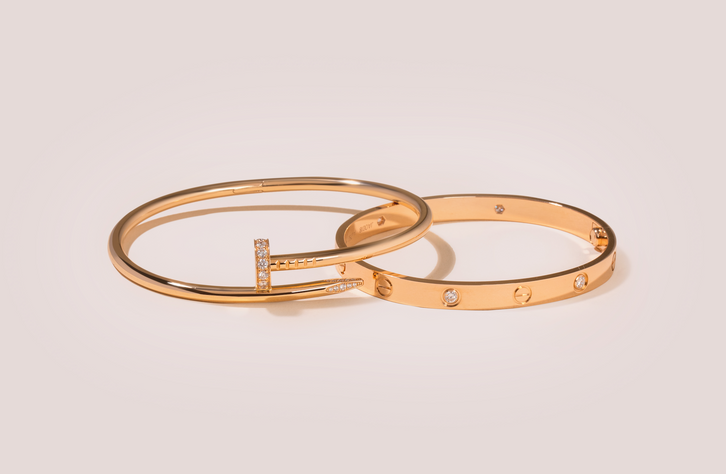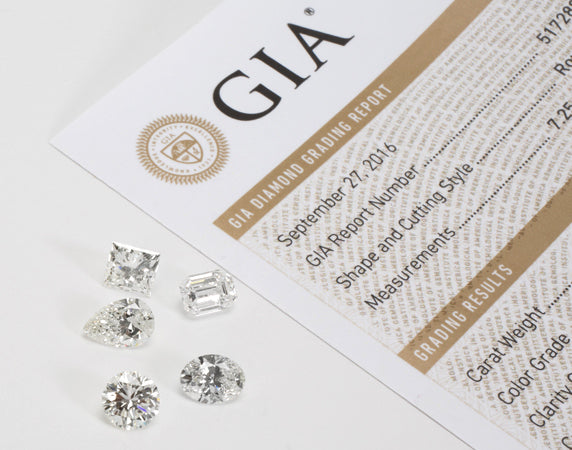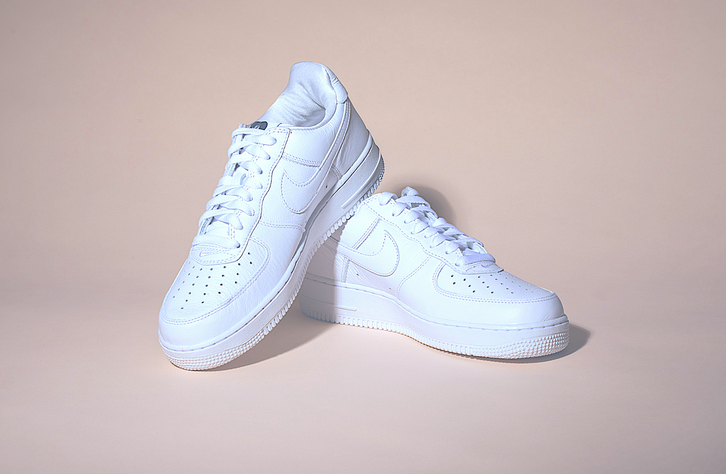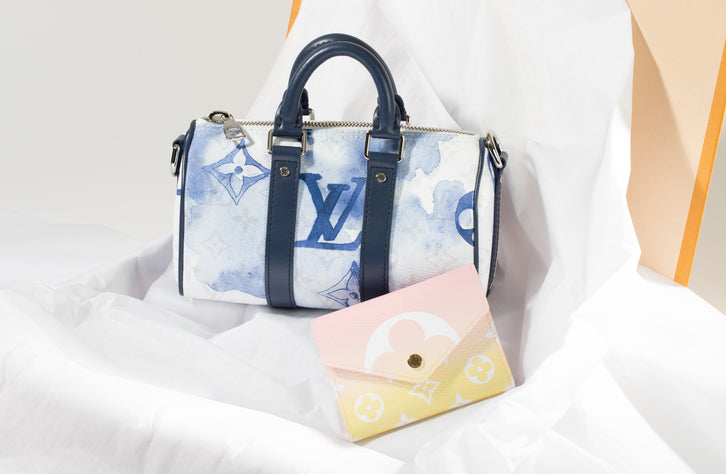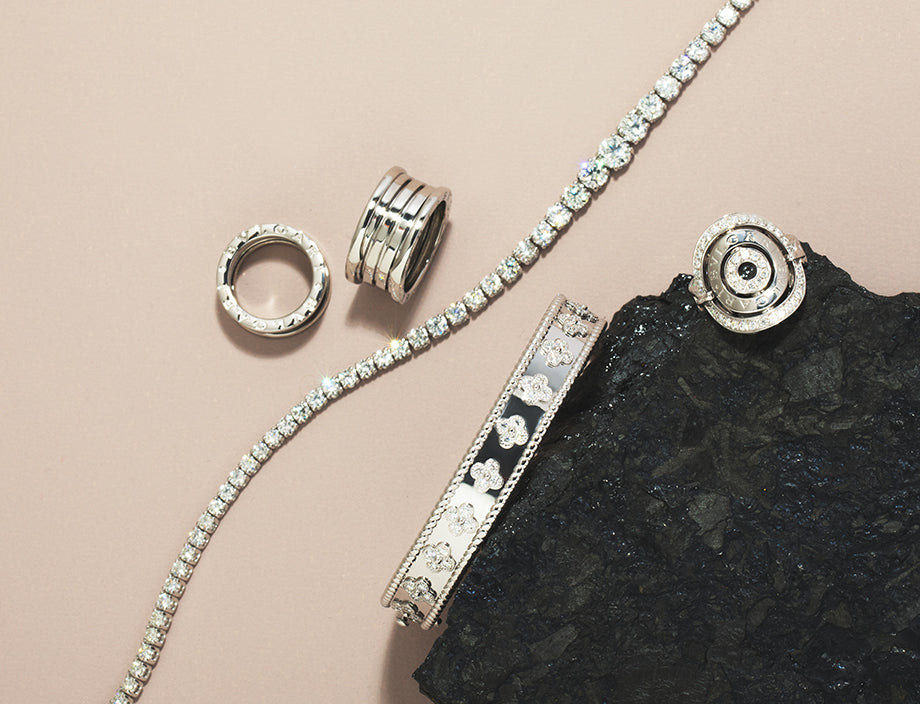How To Sell Antique Jewelry
The first step to sell antique jewelry is to click the button below and get your bespoke price quote. You can then decide if you would like to sell online with our free, fully insured shipping or schedule an appointment with one of our team at our 5th Avenue in NYC office.
There are no fees deducted from your final offer, and there is never any obligation to sell.
How Quickly Can I Sell Antique Jewelry?
Our entire process is designed to take as little as 24 hours from start to finish. Whether you choose to schedule an appointment or send your items in with our free, fully insured shipping, myGemma offers a stress-free way to sell antique jewelry.
What Is Antique Jewelry?
Pieces at least 100 years old are classified as Antique jewelry, which is part of the Estate jewelry category. There are many periods or eras of jewelry in the Antique category. To have a resale value the jewelry in question must be desirable or collectible in some way. This can be because of the designer or manufacturer, if the item has a story/provenance attached to it or it may be a certain style that has gained popularity and is sought after. myGemma’ experts can provide you with an insight into which category your item falls into.
What Is The Difference Between Antique Jewelry and Vintage Jewelry?
The key difference between the Antique and Vintage jewelry is the time period of manufacture. Vintage jewelry falls between 20-100 years old. Antique items are defined as older than 100 years. This results in differences in styles, values, prominent manufacturers and collectability of pieces.
Key Factors In Determining The Value Of Antique Jewelry
- Historic period or period significance
- Intrinsic value
- Condition
- Collectability / demand
- Rarity
The Different Eras Of Jewelry
The Georgian Era (1714 - 1837)
The Georgian period spanned the years of 1714 to 1837, covering the reign of four successive English Kings named George. Marked by revolution in the USA, France and Russia, it was also a period of great scientific progress and global exploration.
Society at the time made a clear distinction between day and eveningwear; with emerald, topaz, ruby and garnet popular gemstones for daytime wear and rose cut and mine cut diamonds reserved for eveningwear. All jewelry was handcrafted, a labor-intensive process that resulted in highly intricate and ornate pieces. Yellow gold and silver were popular metals, but platinum had not yet been discovered and white gold was not used in jewelry. Popular themes included crowns, bows, feathers, leaves and crosses. Notable jewelry of the time included:
- Girandole earrings featured a bow shaped design and three pear shaped ornaments
- Portrait miniatures and eye miniatures containing tokens of love
- Hair jewelry
- Riviere necklaces
- CameosVictorian Era
The Victorian Era (1837 - 1901)
Named after the 63-year rule of Queen Victoria (1837 -1901), the Victorian era was a time of great change, prosperity and innovation. Victoria herself was an avid jewelry fan who designed and set jewelry fashion trends with many pieces produced en masse to mark particular events of her life, such as the birth of a child.
The Industrial Revolution in 1840 not only brought new wealth but also gave jewelers access to modern, affordable manufacturing techniques. This reduced the overall cost of production of many items, most notably the production of gold jewelry. Additionally, the emergence of the middle class sparked a demand for the mass production of jewelry.
The Victorian era can be divided into the following three sub-periods:
The Romantic Period (1837-1861)
The Romantic period refers to the early Victorian years when Victoria’s husband, Albert, was still alive. This period was characterized by sentimental pieces with motifs including love knots, hearts, crosses, serpents (a symbol of love given by Albert to Victoria as an engagement ring) and acrostic jewelry. Acrostic jewelry are highly personalized pieces that relay terms of endearment or secret messages, using the first letter of each gemstone. Most jewelry of the time was made with 18k to 22k gold.
The Grand Period (1861-1880)
After the death of Prince Albert, the Queen entered a period of permanent mourning. While mourning jewelry has existed since the Middle Ages, it is most strongly associated with the Grand period when the Queen favored black jewelry made of fossilized coal. Another notable trend at the time was the revival of interest in ancient jewelry styles which led to an appropriation of ancient Egyptian, ancient Greek and renaissance motifs. Egyptian symbols, scarab beetles and Greek or roman coins set in jewelry were in vogue.
The Aesthetic Period (1880-1901)
The Aesthetic period saw a simplification of designs with a focus on small earrings, brooches and diamond fringe necklaces on delicate chains. Jewelry designers were looking to break convention and move away from the imitative creations of previous years. Emeralds, amethysts and opals were in style for every day wear while diamonds were favored for special occasions.
Art Nouveau Era (1890-1910)
Inspired by nature, Art Nouveau was a style popular between 1890 and 1910 that had strong roots in France. Overlapping the Victorian and Edwardian eras, this period came about as a rejection of poorly made, mass-produced jewelry. A short-lived movement, the emphasis was placed on skill, artistry and handcrafted pieces. Jewelers focused not on the gemstone but on the setting, designing elaborate settings by experimenting with enameling techniques. Diamonds were used predominantly as accent stones, while horns and ivory took center stage. Free flowing lines, feminine curves and abstract concepts were popular themes in Art Nouveau jewelry. Insects, animals and fantasy creatures were frequently used in brooches.
Edwardian Era (1901-1910)
The Edwardian era is defined as early twentieth century, specifically 1901-1910. It covered the short reign of British King Edward VII after the death of Queen Victoria and before WWI. An elegant and sophisticated period of time characterized by highly detailed, feminine pieces; milgraining grew in popularity as it added a soft, graceful look to jewelry. Drawing inspiration from 18th century designs, ribbons, garlands, lace and bows were popular motifs. Technological advances allowed for the use of delicate filigree patterns and platinum, both of which hit unprecedented levels of popularity.
Jewelry We Buy
- Rings
- Cufflinks & Dress Studs
- Brooches
- Earrings
- Pins
- Bracelets
- Necklaces
- Pendants
- Watch Chain Charms & Fobs
Antique Manufacturers We Are Interested In Purchasing Include:
Cartier, Tiffany, Asprey, Buccelatti, Boucheron, Caldwell, Faberge, Fouquet, Garrard, Liberty & Co, Oscar Hayman Bros, Shreve & Co, Shreve Crump & Low, Rene Lalique, Van Cleef & Arpel
If you are unsure about what you have please contact us, we would be glad to help.









